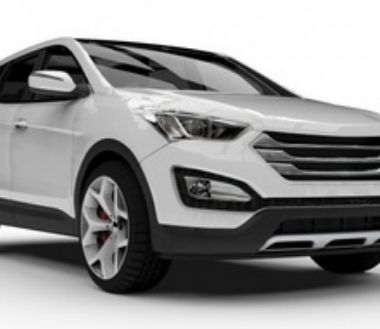
- By Lilydale Motors
- 26th May 2021
Secondary Diesel Filtration and Oil Catch Cans in 4WD Cars
Most newer 4WDs receive the Secondary Fuel Filter and Oil Catch Can as the common add ons. If you have only meager information regarding fitting these features, then you have to consult the 4WD mechanics.
Oil Catch Cans
Installing the oil catch cans have a purpose. The emission control that became popular on all petrol and diesel engines is the Positive Crankcase Ventilation. Through this, the positive pressure that is created in the sump of the engine exits through the PCV valve, which is normally mounted in the engine's valve corner. This particular positive pressure releases through the PCV valve contained oil mixture with is and needs the engine to contain this oil, so it is prevented from ending up on the pavement at the time of driving or parking. Being connected to the air intake piping or manifold, the PCV valves help the engine in burning this vapor off and let the exhaust go out. Everything is straightforward.
Now speaking of the 20th century, the 4WD car industry is governed by a set of emission control rules worldwide. So the 4WD mechanics of reputed service centers in Lilydale have to abide by the rules as established by the governing body which aims at either least or zero emissions.
What is the Exhaust Gas Recirculation System or EGR?
The EGR's full form defines its description – rather, there is a particular need to recirculate the exhaust of the gasses. This helps in reducing the noxious gasses from the engines. It is stated that if the exhaust is recirculated back to the combustion cycle, then the noxious gasses will be reduced, hence a subsequent reduction in carbon footprint. In a sentence, the exhaust is reverted to the intake manifold. At particular operating conditions, the EGR valve will allow the engine to consume its own exhaust.
Now with two PCV and EGR being mixed, the finally derived result is an extremely thick paste in most diesel engines blocking up the manifold, causing restrictions to the airflow and thus impeding the performance of the vehicles.
So, how do the oil catch can help in this regard?
Oil catch can take the oil away, that is the PCV’s by-product, and reverts it through the filter, thereby allowing the vaper and pressure in returning to the intake. It indicates the EGR is capable of operating as intended, while the PCV is filtered. Then, the catch can be drained at service intervals.
The Secondary Fuel Filters
Despite the 4WD vehicle having a fuel filter, it needs a second filter. Due to the inferior Australian diesel fuel quality, and no making of any diesel on Australia’s east coast any longer, so major vie vessels are imported from overseas. This fuel handling type is much loose and is likely to introduce a number of contaminants into the 4WD vehicles.
But the standard filter in the 4WD is extremely good with most of them filtering at 5 – 7 microns. Also, the aftermarket filters the 4WD mechanics often use at the time of scheduled servicing have the same specifications for meeting the OEM specifications. They lack sediment functions, and most contain a warning light for advising the users of either sediment build-up or blockage. The only matter they are unable to do well is separating moisture out. In the diesel fuel system, moisture is not ideal and diesel often acts as the lubricant. The good quality secondary filters get it done very well.
Whether to Fit a Pre or a Post Filter?
The 4WD mechanics recommend the pre-filter to be the better option compared to the post, but both are having significant benefits, and water separation. Typically, the pre-filters will be 30 microns of filtration, and this aids in a great flow to the OEM filter, while the 30-micron filters will be catching all the large items and allow everything to go pass through to the OEM filters, by knowing it is having a finer 5 – 7 microns filtration rate. The pre-filter even separates a great deal of moisture, and so the OEM filters now have to filter the fuels and not be stressed about the moisture.
A post-filter might have a similar setup, but the filter would have been 5 microns, other than 30. So, the 4WD mechanics recommend there is no need to filter the fuel twice at the same level. Its only benefit is water separation. But if a filter is used that is not of 5 microns in the OEM housing, then this very setup is appropriate as the second defense.
So, the pre-filter is the go-to opinion.
• It helps in separating the water early, thus allowing the OEM filters to only be concerned about the fuel, and in case any moisture can enter, then the OEM filter will trap it.
• Better flow is allowed to the OEM filter.
• The big contaminants are caught.
The discussions revolving around pre and post-filtration are plenty, and both have their share of benefits for the 4WD cars. In the midst of the discussion, when you have either one installed as well as the oil catch can with the help of the 4WD mechanics, then you are already on the winning side.


